Lecythidaceae Tree
- March 15, 2024
- 0 comment
These trees are predominantly found in the neotropical regions of Central and South America, Africa, Asia, and the Pacific Islands. The family includes some of the most iconic trees in the world, known for their distinctive features and cultural significance.
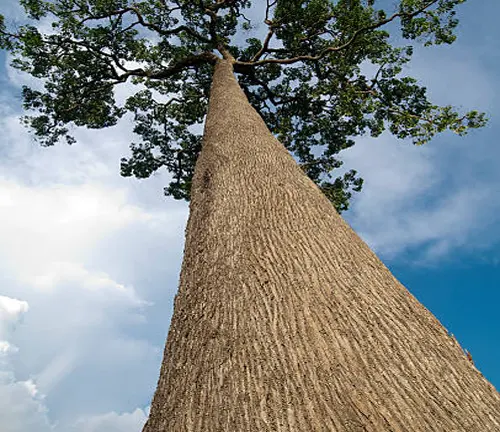
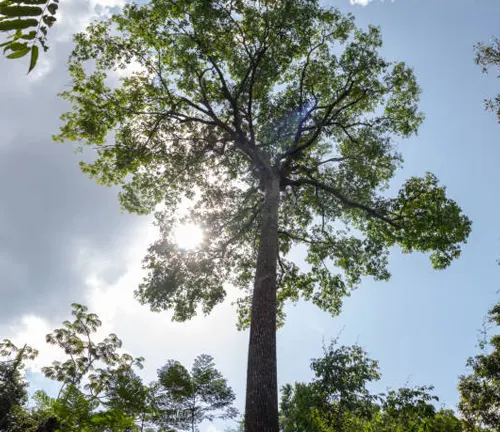
Beyond their ecological and cultural value, Lecythidaceae trees offer various economic benefits. They yield valuable timber used in construction, furniture-making, and artisanal crafts. Additionally, certain species produce edible fruits, nuts, and oils that are harvested for local consumption and commercial trade.
One characteristic feature of Lecythidaceae trees is their unique fruit structure. The fruits are usually large, woody capsules that may be spherical or elongated. When mature, these capsules split open to reveal seeds encased in a fleshy aril or pulp. In some species, the seeds are dispersed by animals attracted to the sweet pulp surrounding them.
| Characteristics | Description |
|---|---|
| Scientific Name | The Lecythidaceae tree falls under the family Lecythidaceae, with each species having its unique scientific name, such as Bertholletia excelsa (Brazil nut tree) and Gustavia augusta. |
| Common Names | Depending on the species and the region, the Lecythidaceae tree goes by various common names, including Brazil nut tree, cannonball tree, and Paradise nut tree. |
| Family | Belonging to the Lecythidaceae family, these trees share botanical traits and evolutionary history with other members of the family, including the notable Brazil nut tree. |
| Native Region | Lecythidaceae trees are native to tropical regions across the globe, including South America, Africa, Southeast Asia, and the Pacific Islands. |
| Plant Type | They are predominantly large, perennial trees, although some species may also manifest as shrubs or small trees. |
| Size | Lecythidaceae trees vary significantly in size, ranging from towering giants exceeding 50 meters in height to smaller, shrub-like specimens. |
| Leaves | Characterized by large, glossy leaves with prominent veins, Lecythidaceae trees exhibit a distinctive foliage that adds to their allure. |
| Flowers | The flowers of Lecythidaceae trees are often intricate and colorful, serving as important attractants for pollinators like bees, butterflies, and birds. |
| Propagation | These trees typically propagate through seeds, which are dispersed by various means, including animals and wind. |
| Drought Tolerance | While some species exhibit moderate drought tolerance, most Lecythidaceae trees thrive in moist, tropical environments. |
| Cultural Uses | Lecythidaceae trees hold significant cultural importance in indigenous communities, where they are revered for their symbolism, rituals, and traditional medicinal uses. |
| Ecological Role | These trees play a vital role in ecosystem dynamics, providing habitat and food for numerous species of animals and insects, contributing to biodiversity and ecosystem resilience. |
| Notable Species | Some notable species within the Lecythidaceae family include the Brazil nut tree (Bertholletia excelsa), the Cannonball tree (Couroupita guianensis), and the Paradise nut tree (Lecythis zabucajo). |
| Hardiness Zones | Lecythidaceae trees thrive in tropical and subtropical climates, typically in USDA hardiness zones 9-12. |
| Growth Rate | The growth rate of Lecythidaceae trees varies among species and environmental conditions, with some species exhibiting relatively rapid growth rates under optimal conditions. |
| Lifespan | With proper care and environmental conditions, Lecythidaceae trees can live for several decades to centuries, enriching their surroundings for generations to come. |
Botanical Beauty of “Lecythidaceae tree”
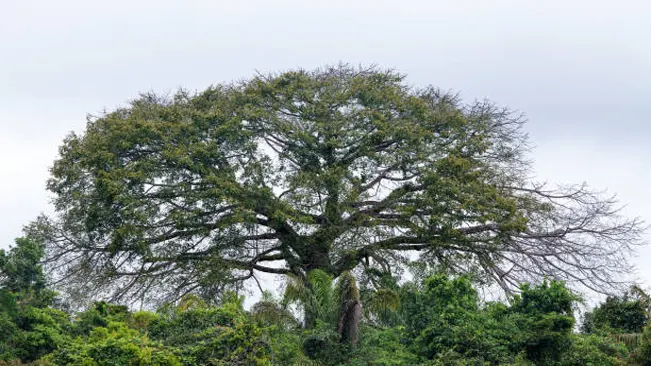
Lecythidaceae trees are enthralled with their botanical allure, boasting graceful forms, lush foliage, and exquisite flowers. Their presence in any landscape adds a touch of elegance, transforming surroundings into tranquil oases of natural wonder.
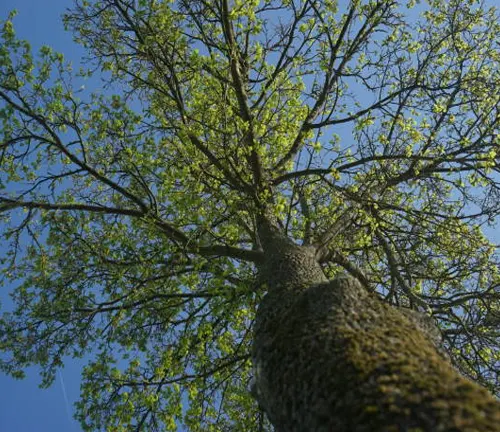
Woodland Elegance
In their native habitats, Lecythidaceae trees stand tall as guardians of the forest, their majestic silhouettes rising above the canopy in a display of woodland elegance. With smooth, buttressed trunks and expansive crowns, they command attention as iconic symbols of biodiversity and ecological richness.
Ecological Importance
Beyond their aesthetic appeal, Lecythidaceae trees play a crucial role in ecosystem dynamics, supporting myriad plant and animal species. Their large canopy provides shade and shelter, while fallen leaves contribute to nutrient cycling and soil fertility. As keystone species, they maintain ecological balance and resilience in tropical ecosystems.
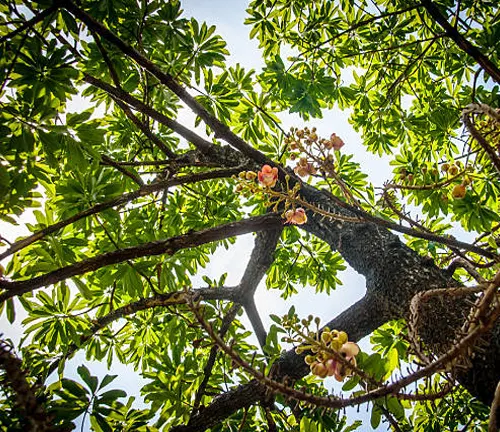
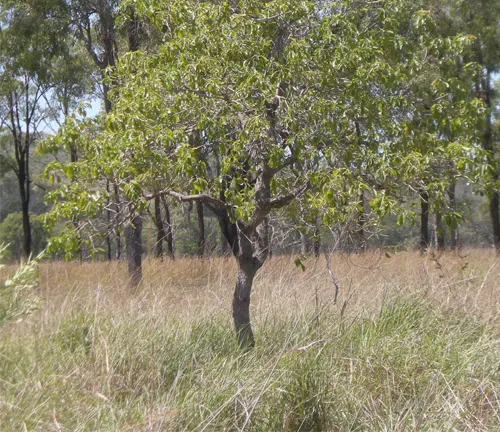
Cultivation and Conservation
Prized for their ornamental value and cultural significance, Lecythidaceae trees face threats from habitat loss and climate change. Conservation efforts are essential to their survival and biodiversity preservation. Cultivating awareness and appreciation can promote sustainable land management practices.
Fragrance
Some species of Lecythidaceae trees are renowned for their fragrant flowers, which emit intoxicating scents that attract pollinators and captivate the senses. The delicate aroma of these blossoms adds to the allure of these trees, inviting exploration and admiration from all who encounter them.
Soil Stabilization
With extensive root systems, Lecythidaceae trees stabilize soil, preventing erosion and landslides in fragile ecosystems. Anchored firmly in the earth, they contribute to stability and resilience, safeguarding soil and supporting healthy plant growth.

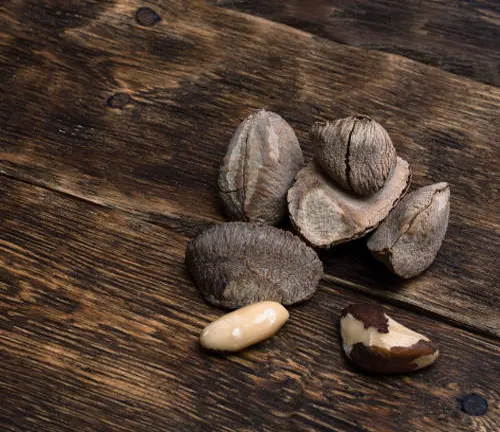
Common Uses
Lecythidaceae trees offer practical uses, from timber production to culinary delights. Durable wood is prized for construction, furniture-making, and crafts. Edible fruits, nuts, and oils are harvested for consumption and trade.
Benefits
Lecythidaceae trees provide ecological, cultural, and aesthetic benefits. They offer essential ecosystem services, cultural significance, and inspire awe and appreciation, enriching communities and fostering connections to nature.
Different Species
Couroupita guianensis
(Cannonball Tree)
A large tropical tree native to South America, known for its spherical, woody fruits resembling cannonballs and its colorful, fragrant flowers. It is often cultivated for ornamental purposes in tropical gardens.
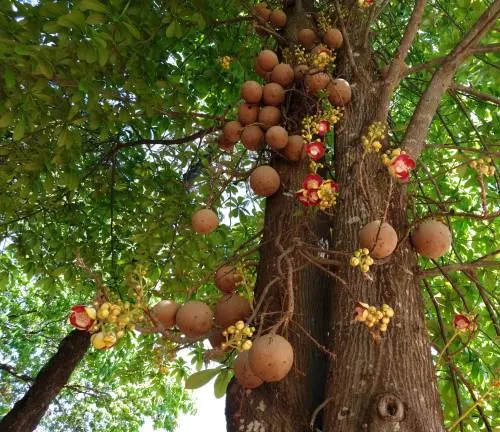
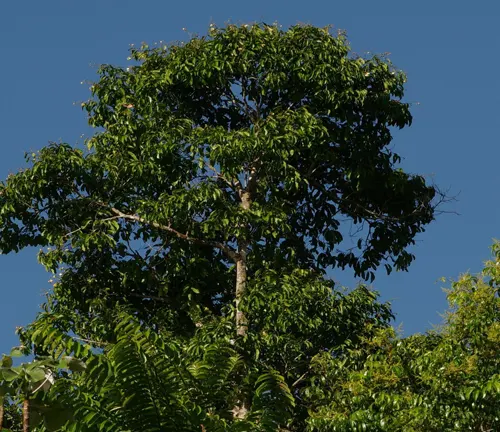
Eschweilera coriacea
(Brazilian Oak)
A species of tree found in the Amazon rainforest, characterized by its dense, hardwood timber and large, leathery leaves. It plays a crucial role in maintaining ecosystem health and biodiversity in its native habitat.
Gustavia augusta
(Heaven Lotus Tree)
A majestic tree native to the tropical rainforests of South America, admired for its large, fragrant flowers that resemble lotus blooms. It is valued for its ornamental beauty and cultural significance.
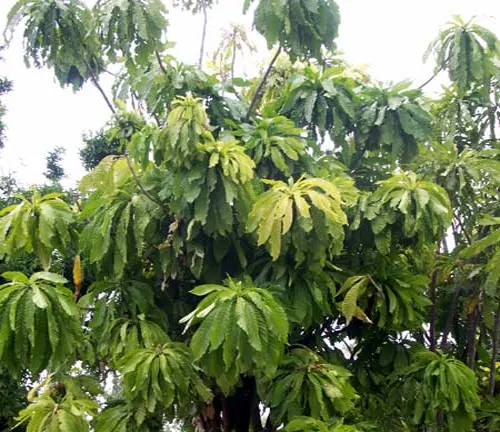
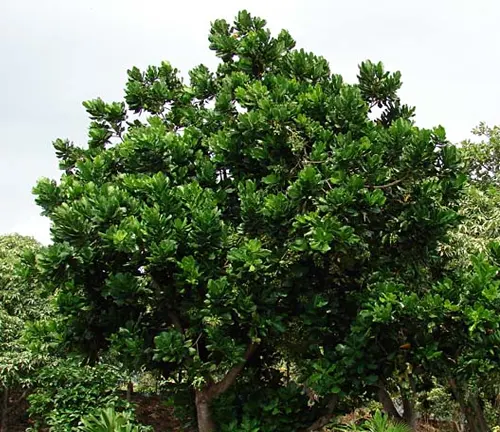
Barringtonia asiatica
(Sea Poison Tree)
A coastal tree native to tropical regions of the Indian and Pacific Oceans, known for its striking white flowers and large, spherical fruits. Despite its name, it has various traditional uses, including in medicine and as a source of timber.
Cariniana legalis
(Jequitibá Rosa)
A tall, emergent tree native to the Brazilian Atlantic Forest, prized for its valuable timber and role in providing habitat for diverse wildlife. It is recognized for its ecological importance and cultural significance in Brazil.
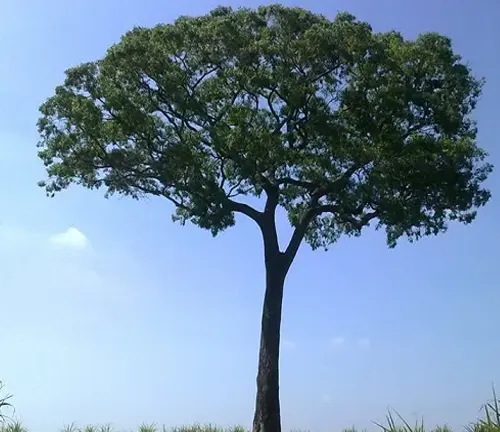
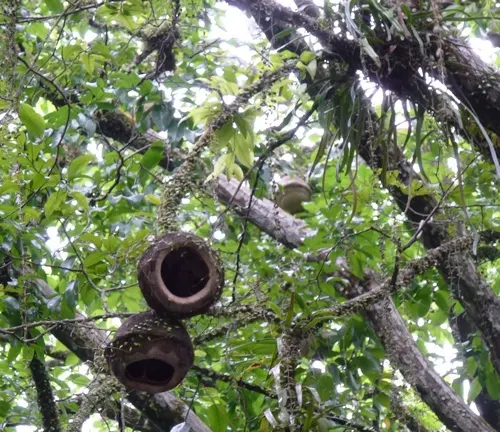
Lecythis pisonis
(Monkey Pot Tree)
A tropical tree species found in South America, distinguished by its large, woody fruits shaped like pots and its association with monkeys that feed on its seeds. It is valued for its unique ecological role and intriguing fruit morphology.
Eschweilera ovata
(Eschweilera)
A species of tree native to the Amazon Basin, characterized by its tall stature, dense foliage, and small, bell-shaped flowers. It is an essential component of Amazonian ecosystems, providing habitat and food for numerous species of animals and birds.
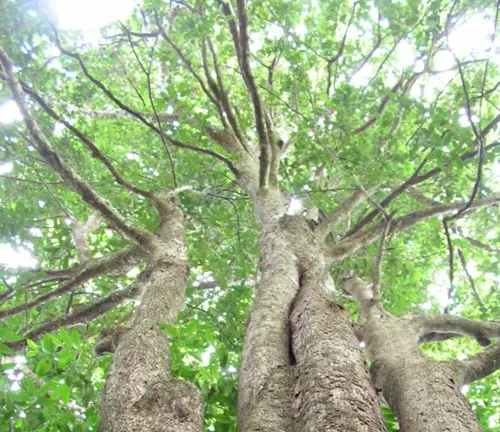
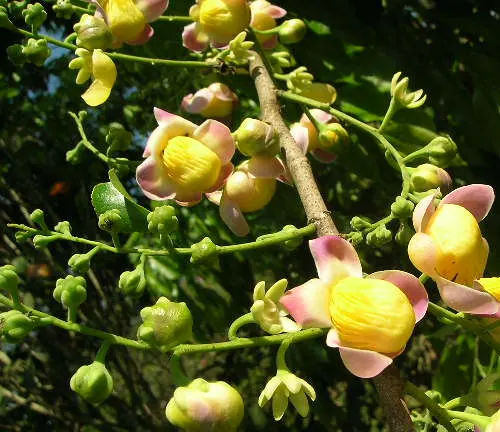
Lecythis lanceolata
(Sapucaia)
A canopy tree native to the Amazon rainforest, known for its edible nuts enclosed in woody capsules resembling pots. It is culturally significant to indigenous communities and serves as a food source for various wildlife species.
Eschweilera chartacea
(Chonta)
A large tree species native to tropical forests of South America, prized for its valuable timber and role in supporting biodiversity. It is also known for its dense, durable wood and resistance to decay.
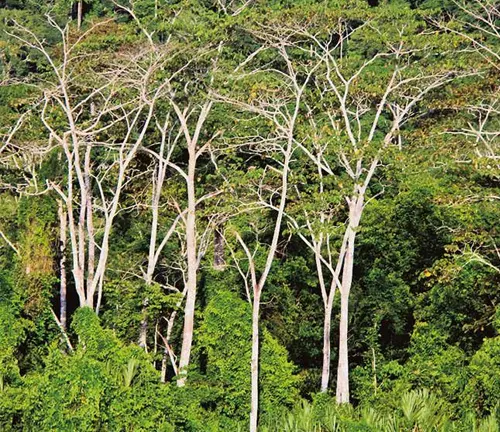
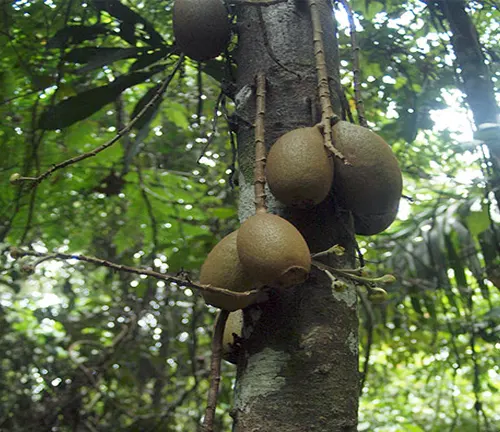
Grias neuberthii
(Monkey Apple Tree)
A species of tree found in Central and South America, distinguished by its large, apple-like fruits and broad, spreading canopy. It is an important food source for wildlife and is utilized in traditional medicine by indigenous communities.
Frequently Asked Questions (FAQs)
- What is a Lecythidaceae tree?
- A Lecythidaceae tree is a member of the plant family Lecythidaceae, which comprises various species of trees native to tropical regions worldwide.
- What are some common names for Lecythidaceae trees?
- Common names for Lecythidaceae trees include Brazil nut tree, cannonball tree, and Paradise nut tree, among others, depending on the species and region.
- Where are Lecythidaceae trees found?
- Lecythidaceae trees are primarily found in tropical regions across the globe, including South America, Africa, Southeast Asia, and the Pacific Islands.
- What are the characteristics of Lecythidaceae trees?
- Lecythidaceae trees are typically large, perennial trees with glossy leaves, colorful flowers, and distinctive fruits. They play vital ecological roles in their native habitats.
- How do Lecythidaceae trees propagate?
- Lecythidaceae trees commonly propagate through seeds, which are dispersed by various means, including animals and wind.
- What is the cultural significance of Lecythidaceae trees?
- Lecythidaceae trees hold significant cultural importance in indigenous communities, where they are revered for their symbolism, rituals, and traditional medicinal uses.
- What is the ecological role of Lecythidaceae trees?
- Lecythidaceae trees play a vital role in ecosystem dynamics by providing habitat and food for numerous species of animals and insects, contributing to biodiversity and ecosystem resilience.
- What are some notable species of Lecythidaceae trees?
- Notable species of Lecythidaceae trees include the Brazil nut tree, the Cannonball tree, and the Paradise nut tree, each with unique characteristics and cultural significance.
- What are the growth requirements of Lecythidaceae trees?
- Lecythidaceae trees typically thrive in moist, tropical environments and are well-suited to USDA hardiness zones 9-12.
- How long do Lecythidaceae trees live?
- With proper care and environmental conditions, Lecythidaceae trees can live for several decades to centuries, enriching their surroundings for generations to come.



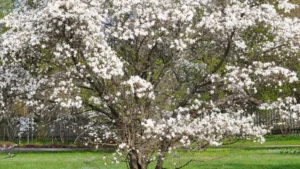
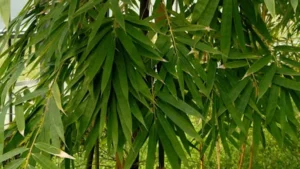
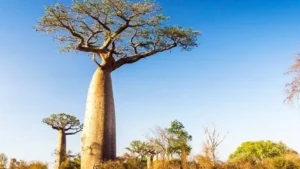
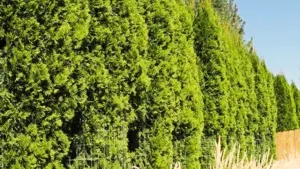
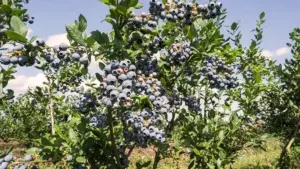

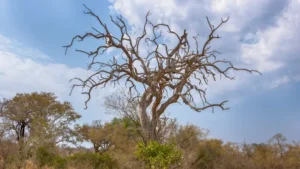
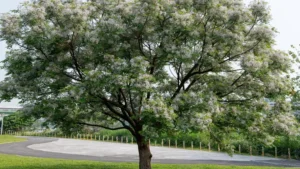
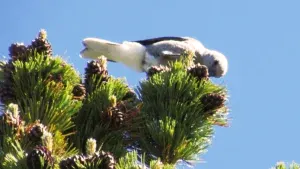

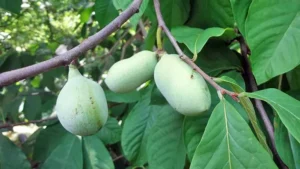
Leave your comment